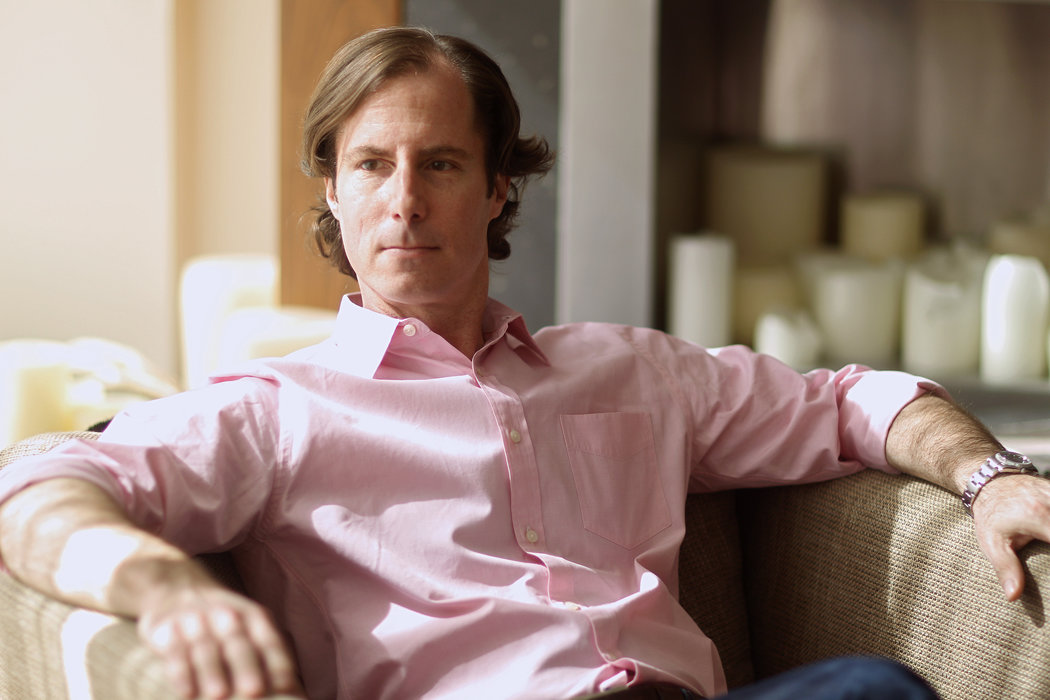Articles
Atlantic Article on the 1987 Wall Street Crash
Black Monday was a crash that allowed
Wall Street and Washington to look into
the future, if they dared.
Read the full article here.
Bernie Madoff’s Essential Man
DiPascali made a phone call, and his staff quickly put together a fake ledger on a computer to reflect the billions of shares the accounts in question supposedly held. But the document, literally hot off the office printer, needed its recent origin disguised. As DiPascali later told the story, he “did a little soft shoe” and chatted to distract the auditor in a conference room while his staff quickly cooled the newly minted ledger in an office refrigerator, then tossed it around “like a medicine ball” to give it the patina of age and hard use. DiPascali handed it over, and the auditor left, satisfied.
Read the full article.
Image: Credit Elizabeth Williams/Associated Press
Questioning the Seaworthiness of Bond Funds
Investors have embraced bond mutual funds and exchange-traded funds as sound and solid places to keep their money. But that growing popularity rings alarm bells with some regulators, who worry that these same vehicles could become sources of instability in a future market crisis.
Read the full article.
Money Funds Remain Haunted by Fears of ‘Breaking the Buck’
In 2008, the share price of one fund fell below a dollar, “breaking the buck,” in Wall Street jargon. That set off a panic among some institutional investors and required the government to create a temporary insurance program.
Read the full article.
Andrew Madoff, Who Told of His Father’s Swindle, Dies at 48

Andrew H. Madoff, the last surviving son of the convicted swindler Bernard L. Madoff, died on Wednesday in a Manhattan hospital, where he had been undergoing treatment for cancer. He was 48.
Read full article.
Image: Chang W. Lee/The New York Times
Jury Says 5 Madoff Employees Knowingly Aided Swindle of Clients’ Billions
“…jurors rejected the former employees’ central defense: that only Mr. Madoff had known the evil purpose behind the chores he told them to carry out, while they had simply trusted for decades in the honesty of a man widely known and respected on Wall Street”
Madoff Victims, Five Years the Wiser
“…five years later, many of his victims are still waiting to learn if they will recover even a small fraction of the wealth they lost. And some anxious investors, who withdrew much more than they put into their Madoff accounts, are facing lawsuits that seek to reclaim profits that, unknown to them, were paid with stolen money.”
Broader Pool of Madoff Victims to Benefit From Fund
The largest category of victims in the vast Ponzi scheme run by Bernard L. Madoff — those who lost cash through accounts with various middleman funds — will be first in line for compensation from a $2.35 billion fund collected by the Justice Department.
Broken Trust in God’s Country
In eastern Ohio, Amish and Mennonite communities grapple with questions of faith and finance as a neighbor stands accused of a Ponzi scheme.